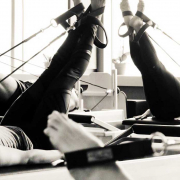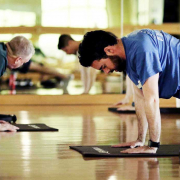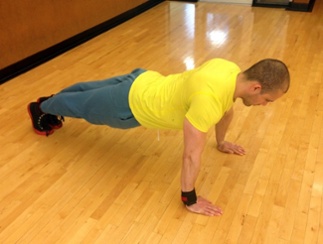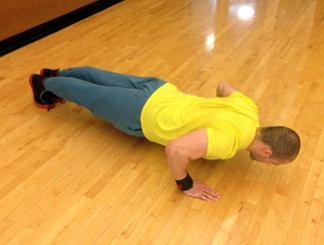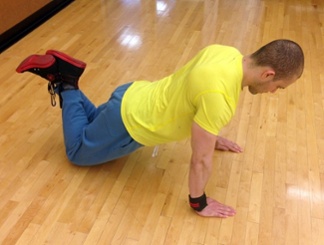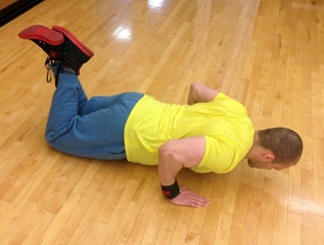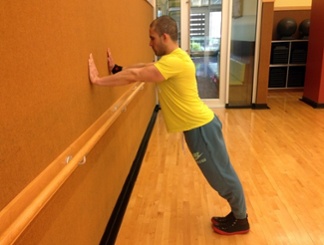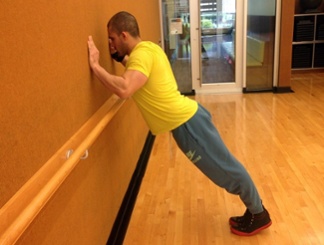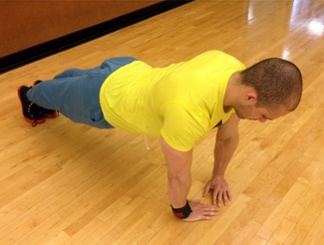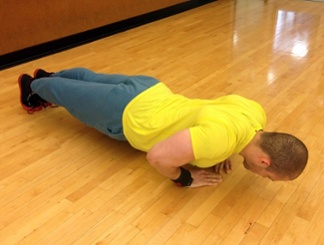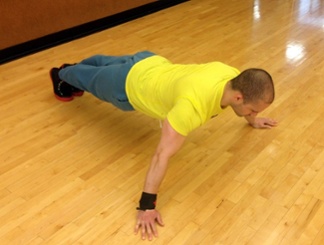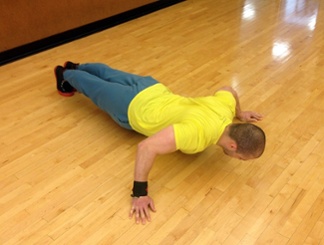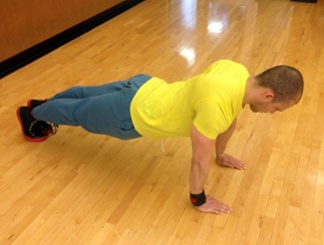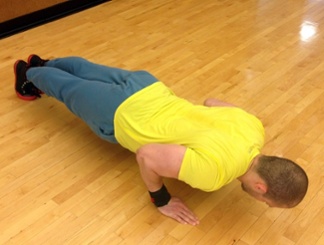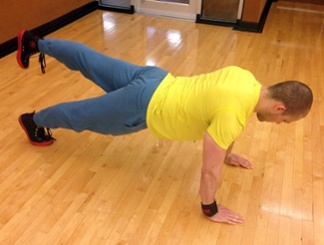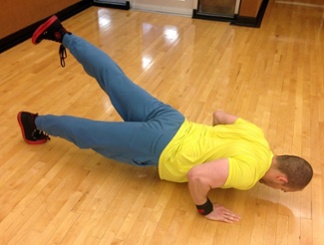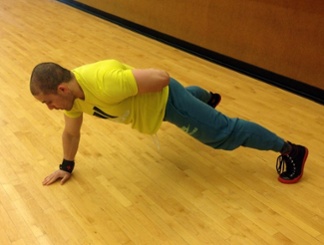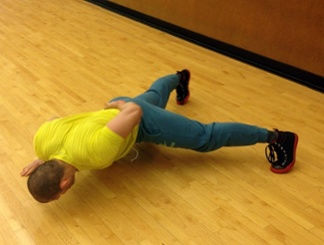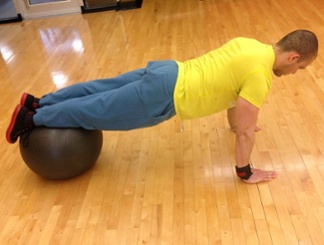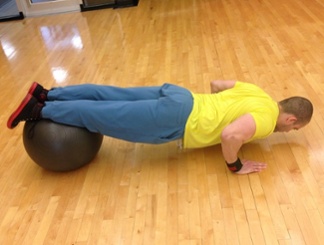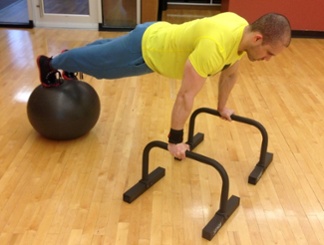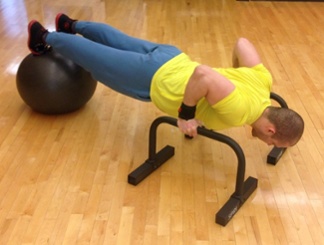Pilates Transformation: Pre and Post-Hip Surgery Rehab
Recovering from surgery, or even a minor injury, can be frustrating and discouraging. In the time it takes to recover, the body can change drastically. In 2014 I sustained a hip labral tear and ended up getting surgery to repair it. After surgery, I was in a hip brace for two whole months and, as a result, my body became uneven – I had extreme muscle imbalance, severe tightness and my body was just completely out of alignment. I seriously questioned if I was going to face these issues for the rest of my life. After I graduated from physical therapy at FFC’s East Lakeview NovaCare, my therapist recommended a Pilates transformation.
I knew nothing about Pilates, except that all the apparatuses looked like a bunch of torture devices. Needless to say I was skeptical that these weird machines could actually help me. To be honest, I thought some of the stuff was odd during my first few sessions, but then I started to fall in love with it as I began to see my body transform. All those issues I had after surgery were completely fixed with continuous Pilates sessions.
Related: Pilates makes you mentally stronger. Here are 4 ways.
I was in awe that this method of exercise literally healed me. Pilates ignited a passion in me – it helped me so much that it made me want to be a teacher to help others like myself. Since that turning point post-surgery, I have graduated from the FFC Pilates Teacher Training Program and am a Pilates trainer at FFC South Loop.
Due to pre-existing conditions, I tore the labrum of my other hip and got surgery in 2015. Having practiced Pilates both pre and post-surgery this second time around, I can definitively say Pilates helped me recover faster by reducing the muscle imbalances, alignment issues and overall tightness I experienced during the first surgery.
Related: click here to sign up for a free 30-minute Pilates consultation at FFC!
So, if you are hoping to get stronger before a surgery, recovering from a hip (or other type of) injury or just want to improve your overall balance and alignment, here are a few specific ways a Pilates transformation can help you. Pilates:
- Restores alignment of the body and corrects muscle imbalances
- Helps correct the body’s natural tendency for overcompensation when trying to cope with alignment or imbalance issues
- Strengthens and lengthens muscles around the hip area
- Helps speed up recovery time with pre-surgery preparation and with scar tissue issues post-surgery
- Enhances overall core strength to assist with balance and confidence in falling
- Reduces muscle tightness and increases flexibility and range of motion
Both before and after surgery, I experienced tightness in my hip flexors, quads and lower back; my Pilates transformation helped relieve this tightness and brought length back into my compressed spine.
Whether you have hip issues or not, Pilates will challenge your body in a new way and educate you about your own body. If you are apprehensive like I was, I encourage you to break out of your comfort zone and try it! If you are interested in scheduling a free introductory session please email me, Jenna Greenfield, at jgreenfield@ffc.com.
Post written by FFC South Loop Pilates Instructor Jenna Greenfield.

